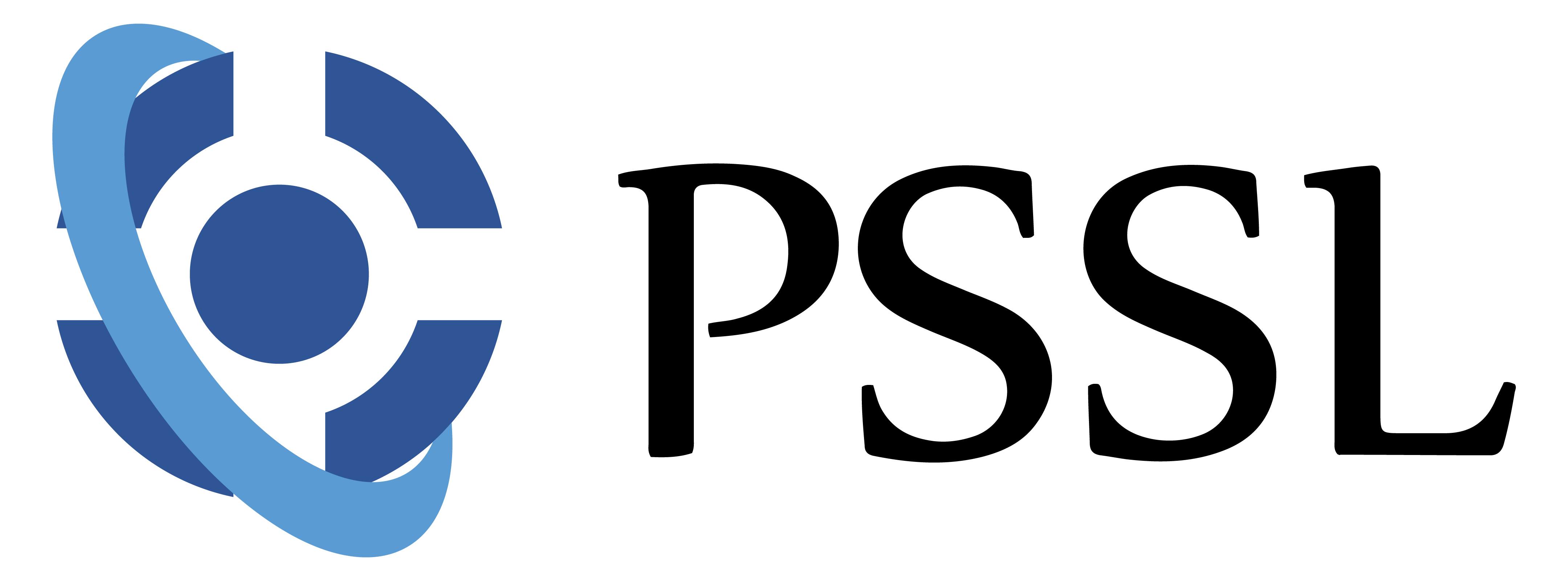LISA
Charge Management – Verification Testing and Flight Hardware Development
Cosmic rays will charge the Test Masses inside the LISA satellites. Interaction with electric fields then creates acceleration noise that can limit the sensitivity of the Gravitational Wave measurement. To prevent this, we discharge the Test Masses with ultraviolet (UV) light via the photoelectric effect, a technique successfully employed in the LISA Pathfinder mission. However, the Charge Management Device (CMD) for LISA will utilize UV LEDs, a departure from LISA Pathfinder’s approach.
Read more »
Apparent Yield Measurements using a LISA-like Gravitational Reference Sensor and the University of Florida Torsion Pendulum
Space-based gravitational missions rely on the pure free-fall of isolated test masses (TM). Charge build-up on these TMs will incur spurious electrostatic forces which ultimately spoil the high-precision measurements necessary to reach the required mission performance.
Read more »
Characterization of the LISA Fiber Optic Harness: Modeling the UV Light Transmission in the LISA CMD
The LISA fiber optic harness (FOH) transmits UV LED light onto the LISA test masses to release built up charge from the space environment. A model of the UV light transmission through the FOH and optical feedthrough (OFT) has been developed as an input to an end-to-end simulation of the photoelectric discharging process.
Read more »
LISA Test Mass Glitches: Maximum Likelihood Detection & Subtraction in TDI Data
LISA Pathfinder observed several unexpected test mass acceleration events during its flight. These “glitches” have been attributed to sudden releases of trapped gas from within the electrode housings. We examine the effect of similar glitches on LISA’s TDI outputs, and demonstrate a maximum likelihood technique for removing them in post-processing.
Read more »
End-to-End Multiphysics Simulation of PhotoelectricCharge Management: Application to Free-falling Test Masses
We present a simulation for the charge management process in its entirety using the COMSOL Multiphysics modeling software. We recover the UV absorption map inside GRS, the quantum yield (QY), and work functions of both test mass and electrode housing surfaces through an MCMC fit of the model and empirical AY results.
Read more »
